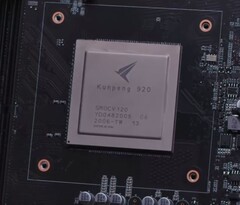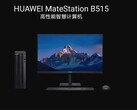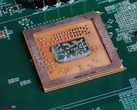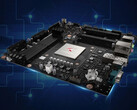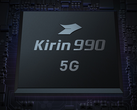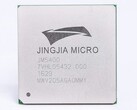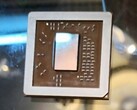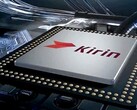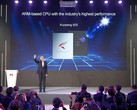Last year, Huawei announced that its subsidiary HiSilicon is working on developing ARMv8 Kunpeng desktop processors along with providing the supporting motherboards as well. The Kunpeng 920 is a 7nm ARM processor that can house up to 64 cores. A Chinese YouTube channel managed to get their hands on a desktop PC powered by an eight-core eight-thread Kunpeng 920 CPU and did some preliminary benchmarking. The results, however, do not seem too stellar compared to the competition.
The Kunpeng 920 was shown soldered onto a Huawei D920S10 desktop motherboard. The motherboard has four DIMM slots and is fitted with two 8 GB Kingston DDR4-2666 RAM modules. The platform supports PCIe Gen4, but this board features only x16, x4, and x1 Gen3 slots each. Apart from the PCIe slots, the board also features six SATA III ports, two M.2 slots, two USB 2.0, two USB 3.0, a Gigabit Ethernet port, and a VGA connection. A 256 GB SATA HDD, 200 W PSU, and a Yeston RX 550 GPU complete the specifications.
The video is primarily in Chinese, but we can somewhat get to make out what the host intends to convey. This Kunpeng 920-based PC is limited to running a custom version of Linux called UOS. The host says that UOS runs fine and even supports 4K 60 Hz on the Yeston Radeon RX 550 GPU. However, the host said that she had to pay an additional 800 Yuan (~US$114) to gain access to the UOS App Store, which seems to be very sparsely populated at the moment. Popular x86 apps are not available as there is apparently no support to emulate them on this platform yet.
The host also performed a BMW render test in Blender, which the Kunpeng 920 took about 11 minutes 47 seconds to complete — not a fast performer by any stretch. While it could stream 4K video fairly well, it did suffer performance loss during local playback making this machine capable of only regular office work.
Also, the fact that it uses a 200 W PSU is interesting. Given that the low power requirements of an 8-core ARM chip and the fact that the RX 550 is a 50 W card, the PSU seems slightly overkill for the specs onboard.
This Kunpeng 920-powered desktop was apparently purchased for 7,500 Yuan (US$1,068). At this price, it does not really seem to be a worthwhile consideration as we can get x86 PCs that can do a lot more for a lot less. It is possible that the software running isn't entirely optimized yet. But this PC may just about suffice for server-related tasks. Huawei's original plan was also to target the server market with the Kunpeng 920, anyways.
All in all, taking the Zhaoxin KaiXian x86 and Huawei Kunpeng 920 ARM CPUs along with the Jingjia Micro JM9271 GPU into account, it looks like China is increasingly looking towards in-house production of semiconductors in order to reduce reliance on players such as Intel and AMD.
If you understand Chinese, check out the video below for more info.


